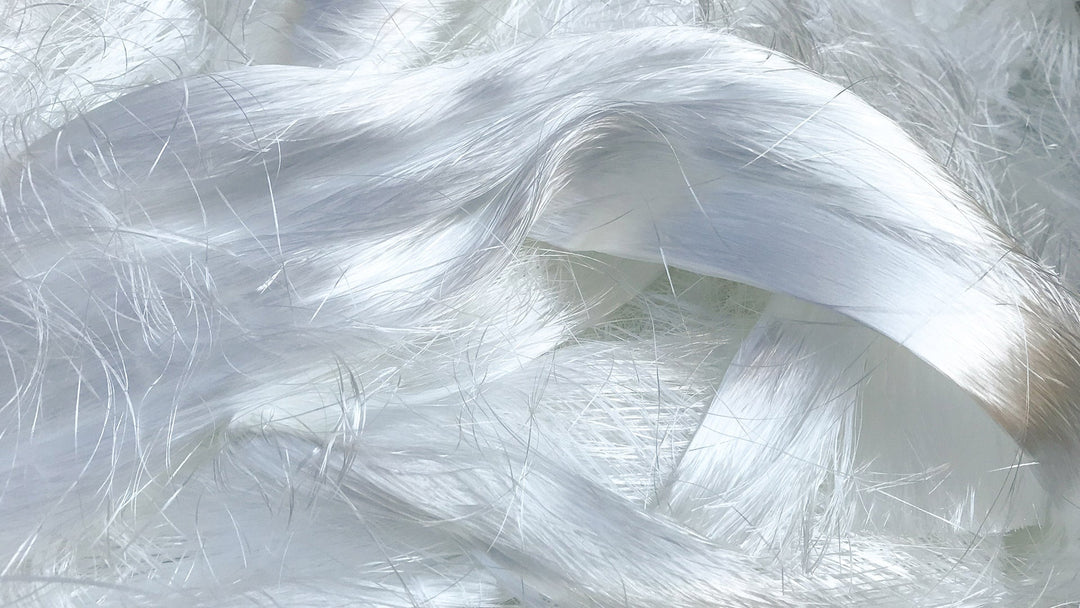As a sustainability consultant, you're well-versed in environmental impact metrics. But when it comes to fashion, the numbers are staggering enough to give even the most seasoned professional pause. In 2025, the fashion industry continues to be one of the world's largest polluters, accounting for 10% of global carbon emissions – surpassing the combined impact of international flights and maritime shipping.
The Hidden Costs Behind Your Wardrobe
Production Impact
The fast fashion industry produces an estimated 1.2 billion tonnes of CO2 equivalent annually. To put this in perspective:
- One polyester blouse generates 11.6 kg CO2e from production to retail
- Fast fashion creates 92 million tons of textile waste annually
- Up to 8,000 different chemicals are used to transform raw materials into textiles
Water Pollution Crisis
Beyond carbon emissions, fast fashion's water footprint is equally concerning:
- 20% of global water pollution comes from textile dyeing
- One pair of conventional jeans requires 7,000 liters of water
- Synthetic materials release 500,000 tons of microfibers into the oceans annually
The Fast Fashion Cycle: Why It's Unsustainable
The Speed Problem
- 52 micro-seasons per year (versus traditional 4)
- Average garment worn only 7 times before disposal
- 87% of fiber input ends up in landfills
The Material Crisis
Synthetic materials, favored by fast fashion brands, present particular challenges:
- Polyester production releases 706 billion kg of CO2 annually
- Each kilogram of polyester generates 11.5 kg CO2e
- Synthetic materials can take up to 200 years to decompose
The Bamboo Alternative: A Sustainable Solution
When you choose bamboo clothing, the environmental impact tells a different story:
- Each YouBamboo garment saves 1.2 pounds of CO2
- Bamboo absorbs 5 tonnes of CO2 per hectare annually
- Zero fertilizers used, preventing harmful nitrous oxide releases
- Natural bamboo kun eliminates the need for harmful pesticides
Water Conservation
Bamboo's natural properties make it inherently more sustainable:
- Requires 1/3 the water of cotton cultivation
- Natural pest resistance eliminates water pollution from pesticides
- Helps prevent soil erosion and water runoff
Making Impact-Driven Choices
Immediate Actions You Can Take
- Audit your current wardrobe for synthetic materials
- Calculate your clothing's carbon footprint
- Invest in quality, sustainable pieces
- Choose versatile items that last longer
Building a Sustainable Wardrobe
Focus on these key elements:
- Thermo-regulating fabrics for year-round wear
- Naturally antibacterial materials
- Biodegradable options
- Multi-purpose pieces
Your Role in Driving Change
As a sustainability consultant, your wardrobe choices influence:
- Client perceptions of environmental commitment
- Workplace sustainability culture
Industry standards for professional attire
Take Action Today
Ready to transform your wardrobe into a force for environmental change? Start with our Essential Collection, designed specifically for sustainability-minded consultants like you. Each piece not only saves carbon but helps you make a statement about your commitment to environmental leadership.
Shop Women's >
Shop Men's >
Shop Bedding >
About the Author: This article was written by the YouBamboo Sustainability Team, with input from leading environmental researchers and fashion industry experts.
Data Sources: Environmental Protection Agency (EPA), Sustainable Fashion Report 2025, YouBamboo Internal Research
#SustainableFashion #EnvironmentalImpact #ConsciousChoices #SustainableWardrobe #ClimateAction







